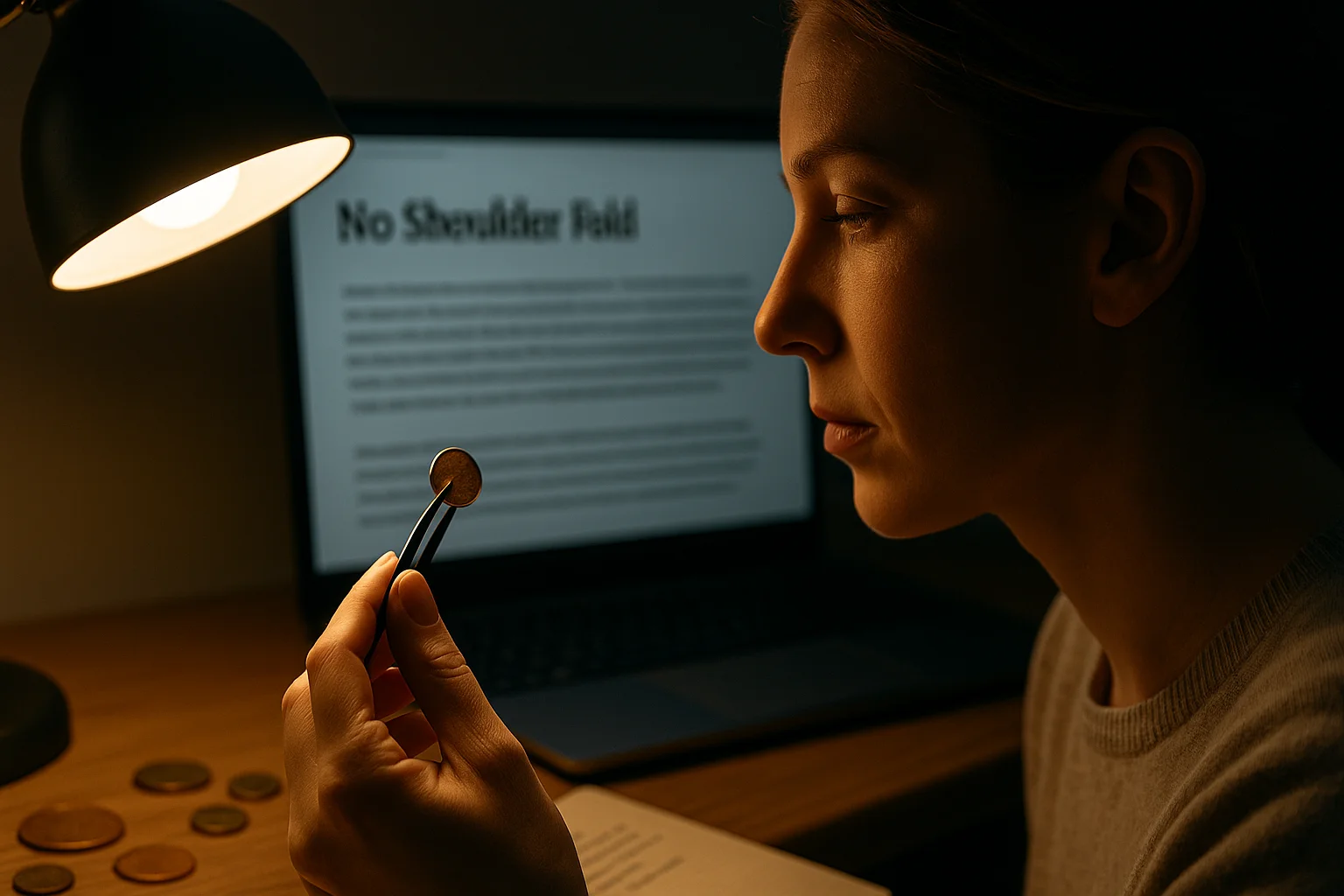You know that one of the most popular queries in search engines is “how to find someones address”. And it is not just about flower delivery. People are increasingly looking for technical ways to find out where someone is – without asking them directly. In a world where smartphones are an extension of ourselves and apps are tools not just for communication but also for control, it’s become easier to be aware… and harder to go unnoticed.
In 2025, surveillance isn’t a black van around the corner, but often a flashlight icon that triggers call recording. It’s a “notepad” that stores correspondence or GPS that’s always on, even though you don’t know it. And, most importantly, it’s something that isn’t always illegal.
So today we are going to talk about how modern spy apps work; how they disguise themselves; what signs indicate that someone is already interested in you; and the difference between honest digital monitoring and intrusive surveillance.
What Is Spyware in 2025 — And Why It’s Not Always Illegal
At its core, spyware is any software that covertly gathers data about a user without their full awareness or consent. But it is not one thing – it is a family of stealthy tools, each with a different face and function:
- Stalkerware: Installed on a partner’s or ex’s phone, often under the guise of protection.
- Keyloggers: Record every keystroke, capturing passwords, messages, even deleted drafts.
- Trojans: Masqued as legitimate apps, they open backdoors to sensitive information.
- Hidden trackers: Log GPS data, call history, and app usage without notification.
- Behavior monitors: Analyze everything from screen time to social media activity.
And here is another trick: most of these apps aren’t technically illegal. Developers advertise them as tools for concerned parents or workplace efficiency. The ethical gray zone lies not in their features – but in how people choose to use them.
Thus, according to Avast’s 2023 report, stalkerware usage on Android rose by 239%. That is not just a statistic, it is a signal that digital surveillance is no longer niche but mainstream.

How Spyware Hides in Plain Sight
Unlike viruses, spyware doesn’t want to crash your phone, as it wants to stay silently for a long time. And it is learned how to blend in by masquerading as apps you’d never suspect. For example, a flashlight could be listening, a battery optimizer might be watching. To the average user, they are utility tools, but actually they are full-fledged monitoring systems.
Can you spot the invisible and check if your phone is compromised? Here is a fast diagnostic list:
- Visit VirusTotal and upload any suspicious APK files.
- Compare app sizes to system norms – spyware tends to be abnormally large or small.
- Use Safe Mode to reveal hidden apps that don’t appear in normal settings.
Pro tip: Run a manual scan and inspect apps installed under “System Processes.” If anything unfamiliar is listed with excessive permissions or data use, it is worth deeper investigation.
And always remember that spyware in 2025 is more about psychology: it thrives on your blind spots, feeds off misplaced trust, and often wears a smile. And the scariest part is that most people won’t know it is there – until it is too late.
The Invisible Traces — How to Tell If You’re Being Watched
Imagine this: you leave your phone untouched on the table, but the battery drains like you’ve just binge-watched three seasons of a show. You notice strange data spikes around midnight, or your GPS is mysteriously active even when no apps are running. All these are warning signs.
In 2025, spyware doesn’t announce itself with pop-ups or malware alerts. It slips into your phone quietly, hiding its presence while collecting everything – from your messages to your movements. And while the software may stay concealed, its effects leave digital fingerprints.
How to Tell If Someone Is Tracking You: Key Digital Signs
Spotting spyware is not about finding one big red flag – it is about connecting subtle dots. Here are some of the most telling signs:
- Unusual battery drain even when the phone isn’t in use.
- Persistent GPS activity, even with all location services off.
- Sudden data usage spikes, especially overnight or when idle.
- Flickering screen or background noise during calls.
- Camera or microphone light blinking unexpectedly.
- New apps you didn’t install, especially ones without icons or listed names.
These signs aren’t always definitive on their own – but together, they create a pattern that’s hard to ignore. By the way, a 2024 study by Kaspersky found that 42% of spyware victims had noticed battery performance issues or overheating before discovering the infection.
Tools That Help Reveal the Unseen
To catch spyware, you need apps that think like hackers – but work for you.
| Tool | What It Does | Best For |
| GlassWire | Monitors real-time data traffic | Spotting hidden apps using Wi-Fi/data |
| NetGuard | Blocks suspicious background connections | Revealing silent communication |
| Malwarebytes | Scans for known stalkerware signatures | Comprehensive security review |
Tip: Always check app permissions manually. Go to Settings > Apps > App Permissions and review access to location, camera, microphone, and SMS. If a notes app has microphone access – that is a red flag. Spyware may be smart, but so are you – once you know where to look.
Trust vs. Control — When Surveillance Crosses the Line
Spyware isn’t always installed by strangers. In fact, one of the most disturbing truths now is that it’s often installed by someone close, e.g., your partner, a boss, even a parent. The language used? “It’s for your own good.” But behind those words can hide an entirely different motive: control.

Alt: A young woman looks suspiciously at her phone while a man secretly watches her from behind a curtain to see a password and install a spying app.
When Control Masquerades as Concern
It starts innocently: “I just want to make sure you are safe.” But safety apps quickly turn into surveillance tools when used without consent. Parental monitoring apps repurposed to track adult partners, or employee software deployed far outside working hours – the intent changes everything.
And it is not just about software. It’s about power.
- A secure relationship asks questions.
- A controlling one installs apps in secret.
- One is built on consent. The other, on fear.
As psychologist Dr. Leah Benson notes, “Surveillance without agreement is not protection. It’s possession.” The moment someone tracks your location, logs your calls, or reads your messages without your consent, the relationship has tipped into manipulation – not care.
So, let’s say you suspect surveillance, so what шы the first thing that pops into your head after that? Most likely, it’s to instantly get rid of those programs that are watching you. In the table below you will see some of the most notorious stalkerware tools still in circulation.
| App Name | Disguise | Why It’s Dangerous |
| Mobile Tracker Free | Parental control | Records calls, tracks location, reads SMS |
| TheTruthSpy | System utility | Root-level access, hidden in processes |
| Hoverwatch | Employee monitoring | Activates mic silently, runs in stealth |
| FlexiSPY | Behavior tracking | Avoids antivirus, hides app icon |
Quick check: Reboot your phone in Safe Mode (press and hold power > tap and hold “Power Off” > select Safe Mode). Then go to Settings > Apps > Show system processes. If you see an app you don’t recognize with excessive permissions – investigate.
After all we’ve discussed so far, an important question arises: is there such a thing as ethical tracking? Well, you should know that not all tracking is malicious. For example, the Number Tracker app belongs to a new option: consent-based location sharing. Instead of hidden installs or silent monitoring, it prioritizes mutual agreement and strong policies of data protection. You can’t spy on someone with it – and that is the point.
Trust is built on transparency, not tools. When both parties know and agree, tracking isn’t about control but about reassurance. And it is the difference between “I need to know where you are” and “I want to make sure you got home safe.”
Digital Сaution Is a New Norm
In 2025, all it takes is a couple taps to start snooping – and just as much to do everything you can to stop it. If something seems odd about the behavior of your phone or a loved one, don’t ignore it – it is always better to know for sure than to guess. And remember another simple rule: in an era when you can track anyone, the most radical solution is to be someone who doesn’t need to be tracked, so behave honestly in every relationship.


